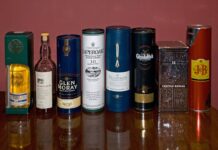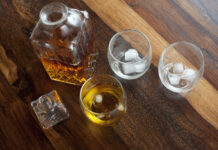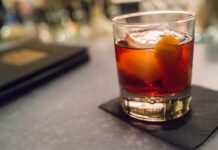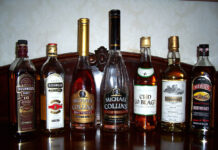Scope for Experimentation with Bourbon
Shaped by corn, white oak and honeyed sweetness Kentucky Straight Bourbon remains a classic incarnation of American whisky. Farming was a tough job in America during the years leading up to independence. However, Maryland and Pennsylvania farmers turned their excessive grain crop into whisky which was easier to store, trade and transport.
Distillers sooner shifted south into Tennessee and Kentucky due to tax hikes while grants to farming corn changed the raw materials. Whiskey distillation soon became a thriving business.
Early Bourbons
Early Bourbons were straight, rough & ready. The distilled liquor was decanted into casks, shipped, sold & consumed without much fuss. Nevertheless, refining the process went alongside. Using charred barrels brought scientific rigor along with sour-mashing. These are 19th century beginnings that evolved rules for production of Bourbon.
Almost 51 to 80 percent of corn got supplemented by rye, wheat and/or barley and with distillation producing no more than 80 percent alcohol content by volume, Bourbon was now put into charred white-oak casks with addition of water and alcohol content no higher than 62.5 percent by volume. Although it sounds strict, there was lots of scope for experimentation.
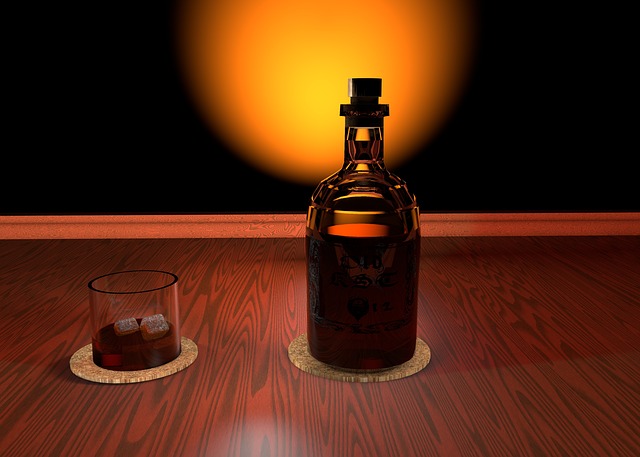
Style in Bourbon Flavor
Not the only one, but Mashbill recipe of grains used in making Bourbon is unique. Mashbill is spicier, drier, peppery flavored and uses a lot of rye and effectively counters the sweetness of corn. Some of these favorite Bourbons include Wild Turkey, Woodford Reserve, Basil Hayden, Knob Creek, Bulleit & Four Roses Single Barrel.
However, think Van Winkle, Marker’s Mark, WL Weller & Fitzgerald if you are looking to add some smoothness, elegance & a nutty, subtle spice character. Bourbon works best for you anyway.
